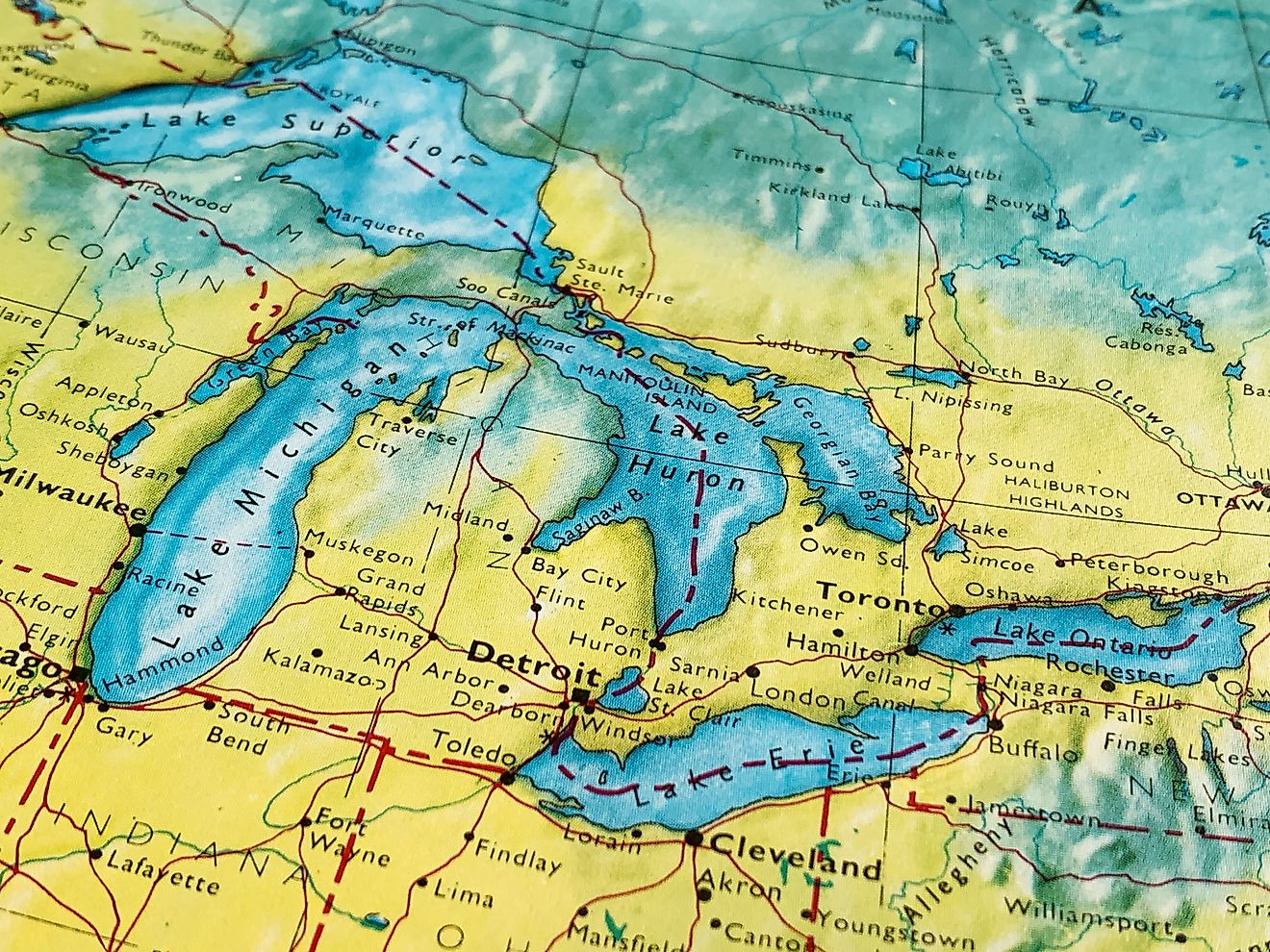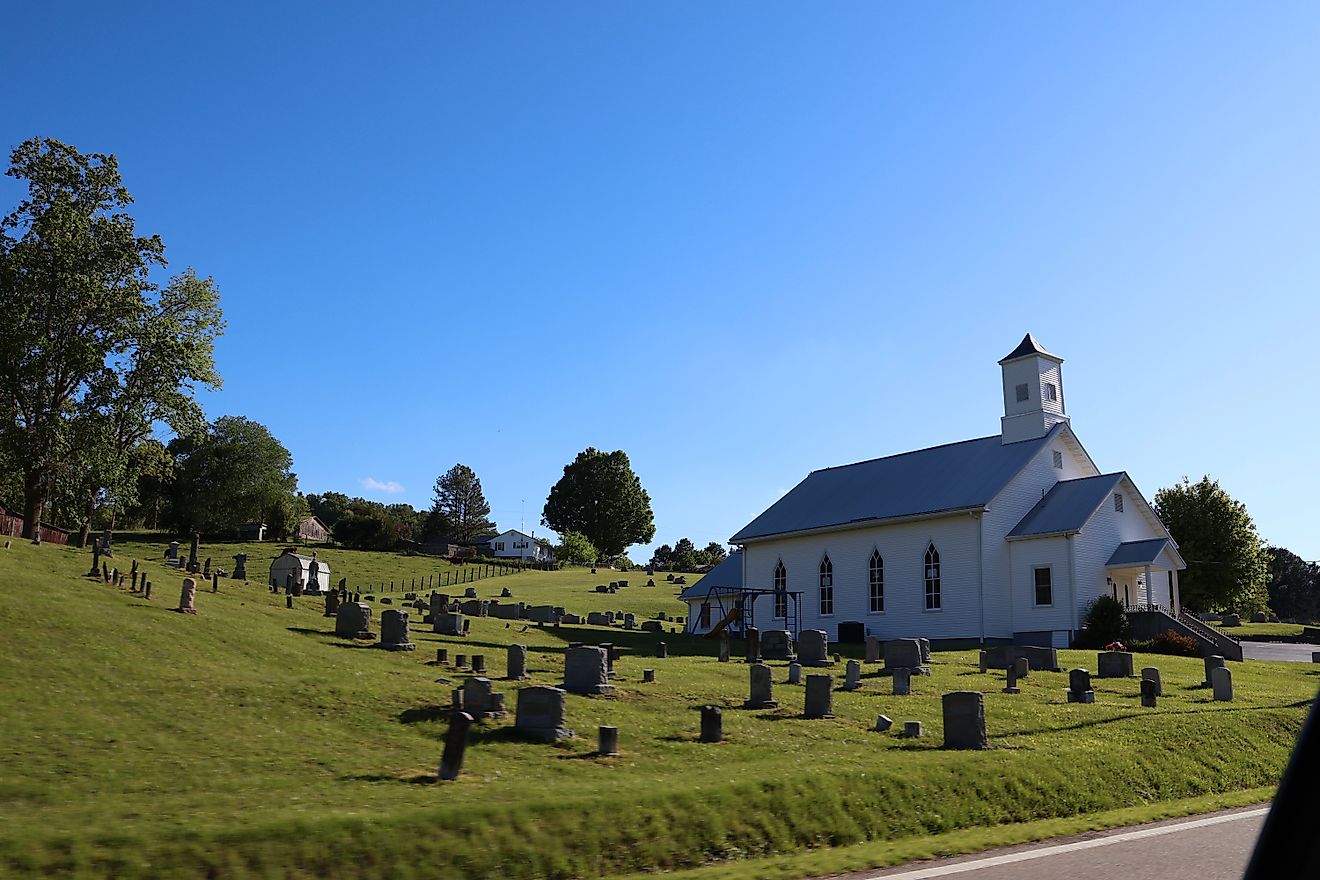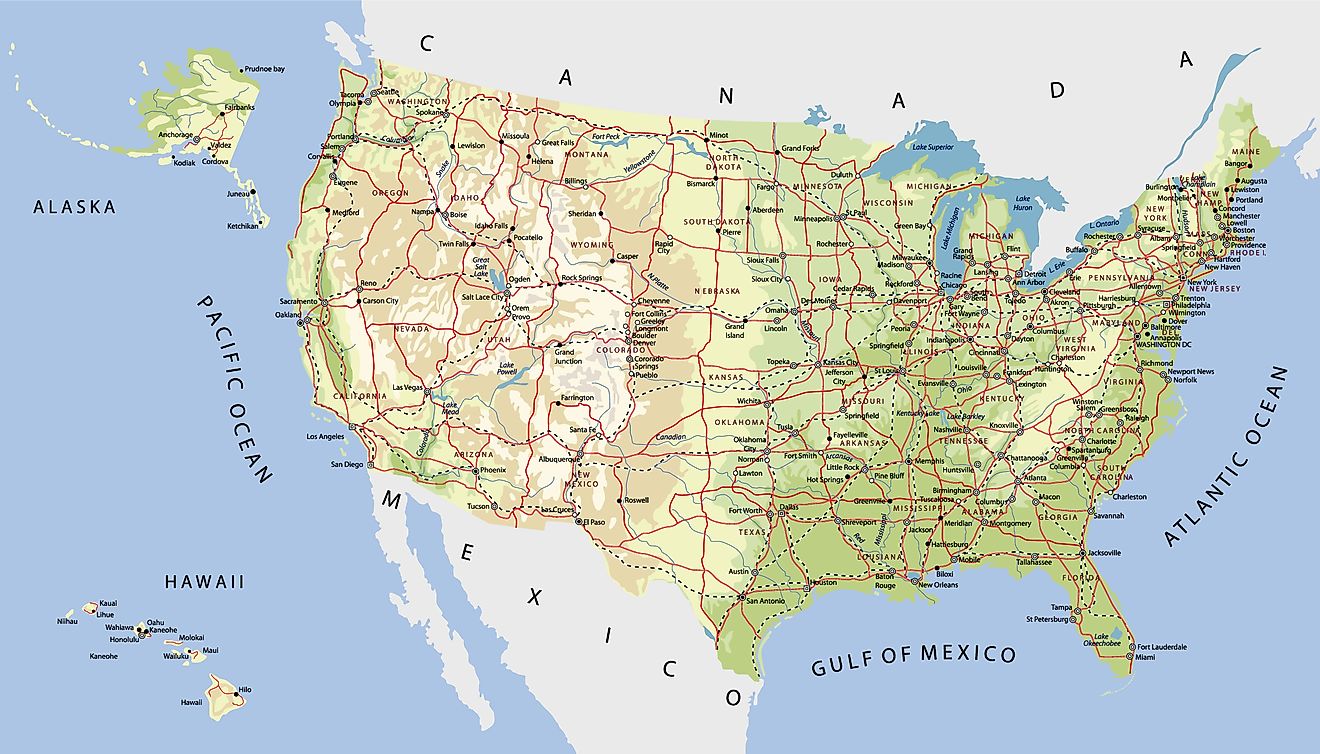
The Cheapest Places to Live in The United States in 2025
As the cost of living surges in many corners of the United States, Americans are increasingly asking: where can I stretch my dollar further without sacrificing quality of life? The answer lies not in the traditional economic powerhouses, but in smaller cities and mid-sized metros that offer affordable housing, low utility bills, and a reasonable cost of goods and services.
In 2025, these five cities stand out as the cheapest places to live in America. Each offers a unique lifestyle, ranging from riverfront charm to college town energy, while maintaining an impressively low cost of living. With data from Zillow, RentCafe, the U.S. Bureau of Economic Analysis, and regional cost-of-living indexes, dive deep into what makes these places budget-friendly and livable.
Fort Smith, Arkansas
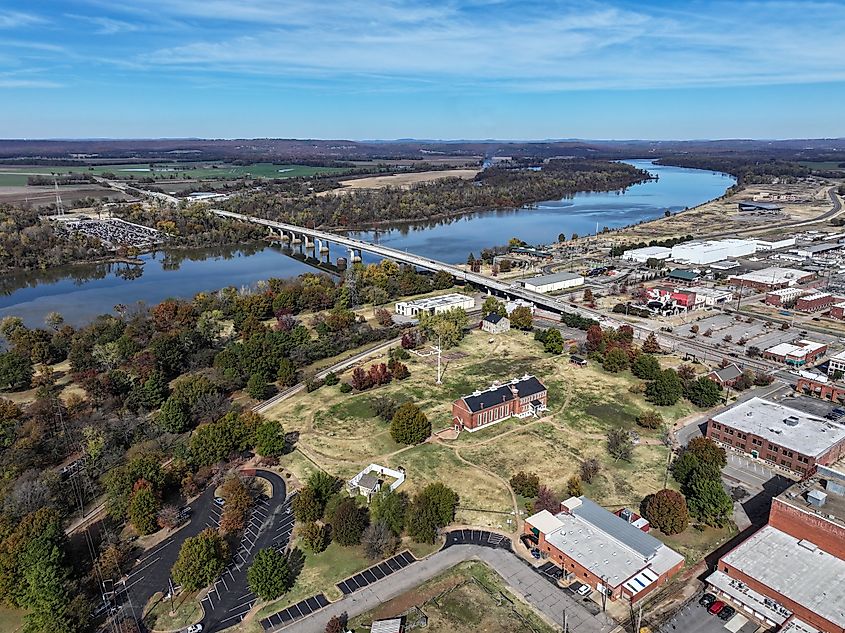
Population: ~89,000
Median Home Value: ~$179,000
Average Rent: ~$1,295/month
Cost of Living: ~25% below national average
Perched along the Arkansas River on the border of Oklahoma, Fort Smith is a city that has quietly built a reputation for affordability. In 2025, it remains one of the most cost-effective cities in the US, especially for homeownership. With a median home value around $179,000 (compared to the national average exceeding $350,000) Fort Smith delivers true value for the money.
The city’s low cost of living goes beyond housing. According to Payscale and the U.S. Bureau of Economic Analysis, healthcare, groceries, and utilities all come in below the national average. In Fort Smith, daily life simply costs less.
Culturally, Fort Smith is a city steeped in Western heritage. It boasts a historic downtown, numerous museums, and access to the Ozark National Forest. The regional economy benefits from manufacturing, logistics, and government, making it stable and employment-friendly.
Abilene, Texas

Everman Park in Abilene, Texas (United States). Editorial credit: Michael Barera via Wikimedia Commons
Population: ~128,000
Median Home Value: ~$182,000–$225,000
Median Rent: $909–$1,300/month
Cost of Living: 9.4% below national average
Located in west-central Texas, Abilene is another standout in 2025’s affordability rankings. Zillow lists homes between $182,000 and $225,000, and renters can expect to pay between $900 and $1,300 a month.
One of the keys to Abilene’s low cost of living is its diversified economy. The presence of Dyess Air Force Base brings jobs and stability, while healthcare, education, and manufacturing continue to anchor the region. Several colleges, including Hardin-Simmons University and Abilene Christian University, contribute a youthful energy and cultural vibrancy.
Abilene is also well-equipped with public parks, libraries, and a small but active arts scene. While it lacks the density of a major metro, it offers an appealing mix of affordability and livability, particularly for families and retirees.
Wichita, Kansas
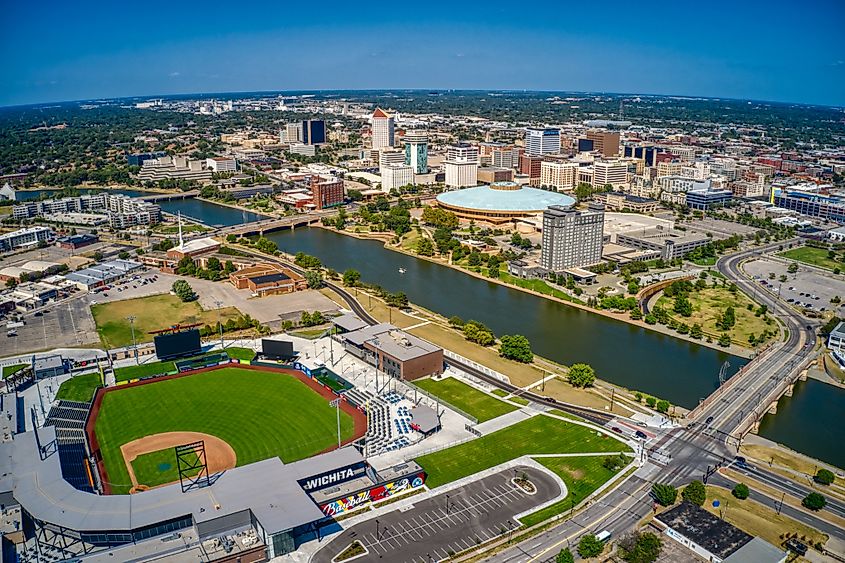
Population: ~390,000
Average Home Value: $200,000–$230,000
Median Rent: $889–$1,030/month
Cost of Living: ~11–12% below national average
Kansas’s largest city is also one of its most affordable. With housing prices ranging from $200,000 to $230,000 and rent consistently under $1,100, Wichita provides an urban experience without urban prices.
Historically known as the "Air Capital of the World," Wichita remains a hub for aviation manufacturing, with major employers like Textron Aviation and Spirit AeroSystems. Wichita State University plays a major role in the city’s identity, bringing research, sports, and cultural events to the area.
Wichita’s cultural offerings include art museums, theaters, and botanical gardens, while its many parks and riverside trails offer easy outdoor escapes. For a mid-sized city, it offers a surprisingly rich lifestyle at a fraction of the cost of comparable metros.
Memphis, Tennessee
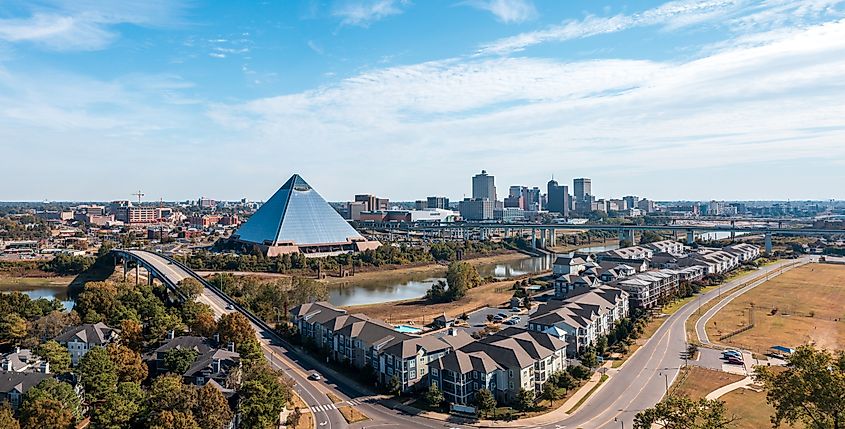
Population: ~650,000
Median Home Value: $150,000–$205,000
Average Rent: $1,138–$1,333/month
Cost of Living: ~10–14% below national average
Memphis offers the rare combination of big-city amenities and low living costs. With home prices averaging between $150,000 and $205,000, and relatively low utility and grocery costs, Memphis remains a top contender for budget-conscious residents in 2025.
The city’s diverse economy includes major players in shipping (FedEx is headquartered here), healthcare, and education. Despite its size, Memphis's cost-of-living index hovers well below the national benchmark, especially in housing.
For lovers of music, barbecue, and culture, Memphis is more than affordable, it’s iconic! Beale Street, Graceland, and the Stax Museum are just a few of the city’s cultural touchstones. Its location along the Mississippi River also provides scenic views and a growing riverfront redevelopment area.
Conway, Arkansas

Population: ~69,000
Median Home Value: $245,000–$420,000
Average Rent: $887–$1,180/month
Cost of Living: ~16–19% below national average
Located just 30 miles north of Little Rock, Conway has evolved from a quiet college town into one of Arkansas’s most livable cities. While home values have risen in recent years (ranging from $245,000 to more than $400,000), Conway still offers impressive affordability.
Rent remains budget-friendly, and utilities, groceries, and healthcare costs all run below the national average. The city’s main employers include Acxiom, Conway Regional Medical Center, and three higher education institutions: Hendrix College, the University of Central Arkansas, and Central Baptist College.
With lakes, greenways, and community events like Toad Suck Daze, Conway balances low costs with a strong sense of community. It’s ideal for those looking to live near a major metro (Little Rock) without paying metro prices.
Decatur, Illinois
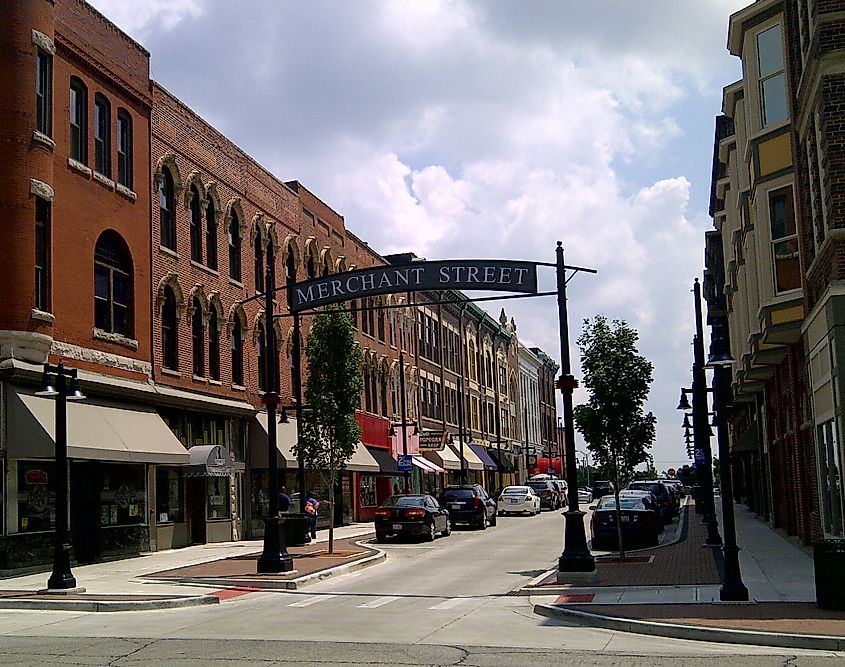
Population: ~70,000
Median Home Value: ~$102,000
Average Rent: ~$850/month
Cost of Living: ~25% below national average
Decatur, Illinois, might not be a household name, but it is among the most affordable cities in America in 2025. With a median home value just over $100,000 and average rent below $900, Decatur is ideal for first-time buyers, retirees, and remote workers seeking serious savings.
This central Illinois city has roots in agriculture and manufacturing and is home to companies like ADM (Archer Daniels Midland). Despite its industrial backbone, Decatur has invested in quality-of-life upgrades in recent years, including lakefront development, parks, and arts programs.
Groceries, utilities, and transportation costs are all well below the national average. Decatur also benefits from its proximity to other central Illinois hubs like Springfield and Champaign.
Affordability Comparison Table
| City | Median Home Price | Median Rent | Cost of Living Index |
|---|---|---|---|
| Fort Smith, AR | $179,000 | ~$1,295/month | ~75 |
| Abilene, TX | $182,000–$225,000 | $909–$1,300/month | ~91 |
| Wichita, KS | $200,000–$230,000 | $889–$1,030/month | ~88 |
| Memphis, TN | $150,000–$205,000 | $1,138–$1,333/month | ~86 |
| Conway, AR | $245,000–$420,000 | $887–$1,180/month | ~83 |
| Decatur, IL | ~$102,000 | ~$850/month | ~75 |
Where Budget Meets Lifestyle
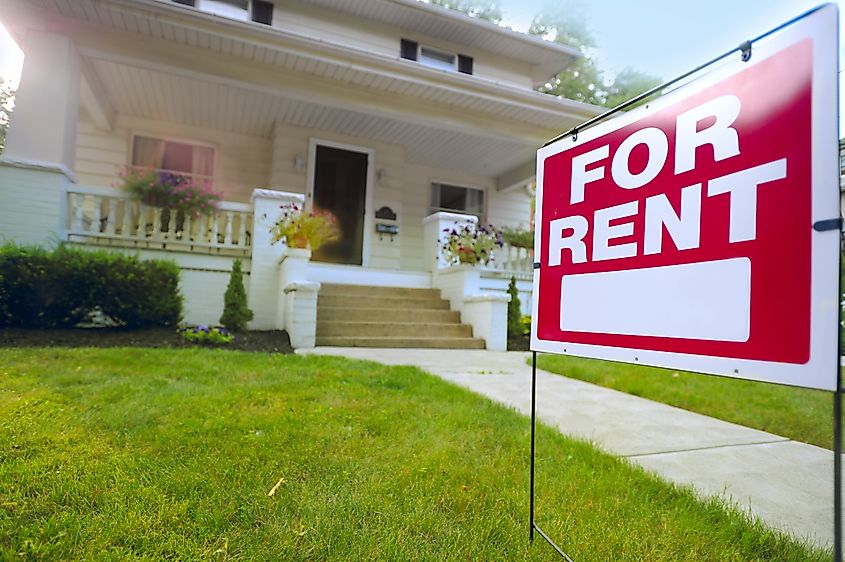
These cities demonstrate that affordability doesn’t require sacrificing culture, opportunity, or quality of life. In fact, many of these communities are seeing new growth as families, professionals, and retirees relocate in search of more manageable expenses.
As inflation continues to put pressure on household budgets, places like Fort Smith, Abilene, Wichita, Memphis, and Conway offer a reprieve—and in many cases, a better quality of life than more expensive urban centers. Whether you're chasing economic freedom, working remotely, or just seeking a slower pace of life, these five cities deserve your consideration in 2025.
Let your paycheck go further. Live better for less.
